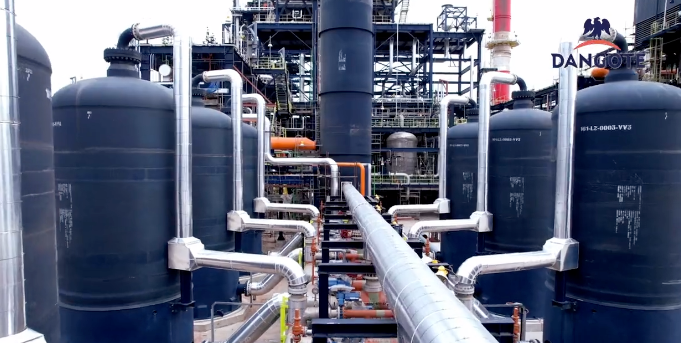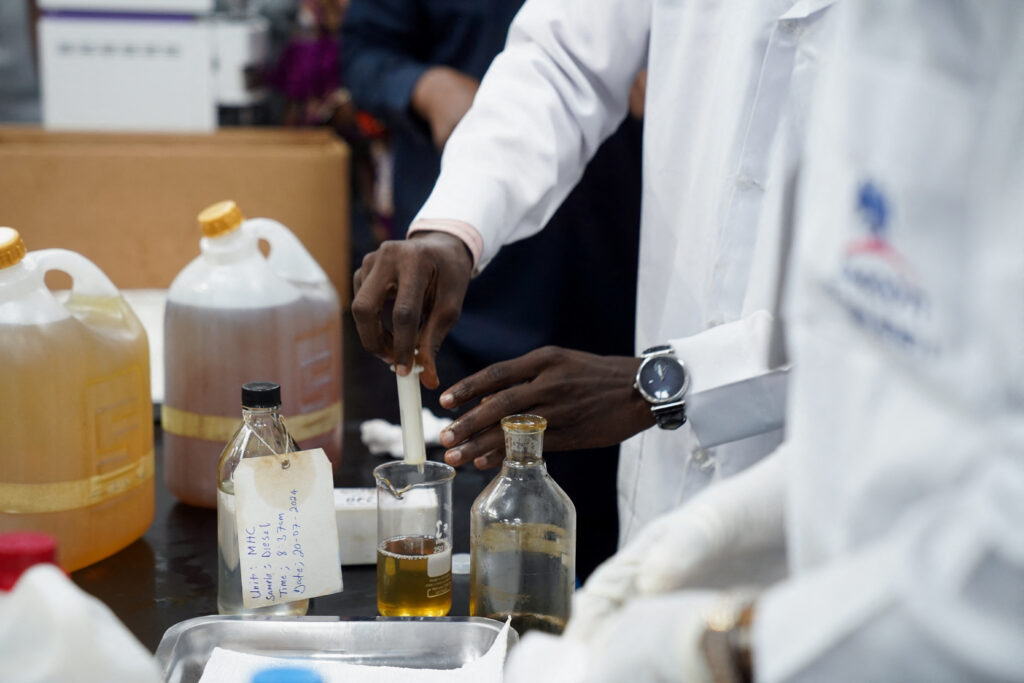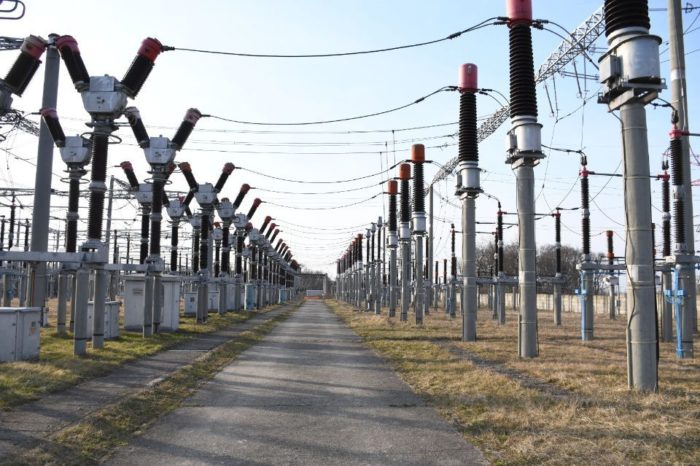Crude oil price gained 5% in September boost by gas – OPEC

UAE's Oil Minister OPEC President Suhail Mohamed Al Mazrouei and OPEC Secretary General Mohammad Barkindo address a news conference after an OPEC meeting in Vienna, Austria, June 22, 2018. REUTERS/Heinz-Peter Bader - RC1CCA54EB60
By Akpobor Jirue, Abuja
Crude oil prices rose by $3.55 or 5.0% in the month of September when compared to August. This is according to the last market report released by the Organisation of Petroleum Exporting Countries (OPEC) on Wednesday.
The OPEC monthly oil market report (MOMR) for October attributed the gains to a robust oil market fundamentals amid a slow restart of US oil production, further recovery of oil demand and a drop in inventories, along with easing COVID-19-related mobility restrictions in several Asian countries.
In addition, the report stated, worries about natural gas and coal shortages in Europe and Asia boosted sentiment for higher oil demand. Analysis of the OPEC Reference Basket (ORB) for the month shows that value rose by $3.55 or 5.0% m-o-m in September to settle at $73.88/b. Year-to-date (y-t-d), the ORB was up by $26.21, or 64.5%, to average $66.83/b compared with the same period last year.
The ICE Brent front-month rose $4.37, or 6.2%, m-o-m in September to average $74.88/b, while NYMEX WTI increased by $3.83, or 5.7%, m-o-m to average $71.54/b. Consequently, the Brent/WTI spread widened further in September to $3.34/b, its highest point since last April. The OPEC report noted that market structure of all three major oil benchmarks – Brent, WTI and Dubai – remained in backwardation. However, the Brent forward curve strengthened, while WTI and Dubai backwardation flattened slightly. Hedge funds and other money managers boosted bullish wagers in September as oil prices rose to multi-year highs, as the risk of a natural gas and coal shortage urged speculators to bet on higher oil prices.
Meanwhile, the cartel has cut down estimated it’s estimated oil demand for the year to 5.8 mb/d as against 5.96 mb/d earlier stated.
“The downward revision is mainly driven by lower-than-expected actual data for the first three quarters of this year, despite healthy oil demand assumptions going into the final quarter of the year, which will be supported by seasonal uptick in petrochemical and heating fuel demand and the potential switch from natural gas to petroleum products due to high gas prices,” the report stated.
According to the OPEC the world is expected to consume 96.6 mb/d of petroleum products this year. But for 2022, OPEC said world oil demand growth remain unchanged at 4.2 mb/d. “As a result, global demand next year is seen averaging 100.8 mb/d. Demand is anticipated to be supported by healthy economic momentum in the main consuming countries and better management of the COVID-19 pandemic.”
On global economic, the group maintain its growth forecasts for both 2021 and 2022, saying it remain unchanged from the last month’s assessment at 5.6% and 4.2%, respectively.
However, the forecast for the United States, Euro-zone and Japan was revised, saying, “Given somewhat slowing 3Q21 momentum, the US economy forecast for 2021 is revised down slightly to 5.8% from 6.1%, while the forecast for 2022 remains unchanged at 4.1%. Euro-zone economic growth is revised up to 5% from 4.7% for 2021 and to 3.9% from 3.8% for 2022, after a strong rebound in 2Q21. The forecast for Japan is revised down to 2.6% from 2.8% for 2021, due to ongoing COVID-19-related social-distancing measures in 3Q21.”
But maintain that the forecast for 2022 remains at 2%. On China and Asia economy, it said, “After a strong recovery in the first half of the year, China’s economy is seen to slow somewhat, leaving the growth forecast at 8.3% in 2021 and 5.8% in 2022, representing a 0.2 percentage point downward revision for both years.
“Meanwhile, India’s 2021 growth forecast is unchanged at 9% for 2021 and 6.8% for 2022, although downside risks prevail. However, the forecast for Russia was revised upward. “Russia’s forecasts are revised up from 3.5% to 4% for 2021 and from 2.5% to 2.7% for 2022, benefitting from the more stable oil market.”
But Brazil was not that lucky as the projection for it remains the same. “Brazil’s growth forecast remains unchanged for both 2021 and 2022 at 4.7% and 2.5%, respectively.”
The report stated that, “The ongoing robust growth in the world economy continues to be challenged by uncertainties, such as the spread of COVID-19 variants and the pace of vaccine rollouts worldwide, as well as ongoing global supply-chain disruptions.
“Additionally, sovereign debt levels in many regions, together with rising inflationary pressures and potential central bank responses, remain key factors requiring close monitoring.”





